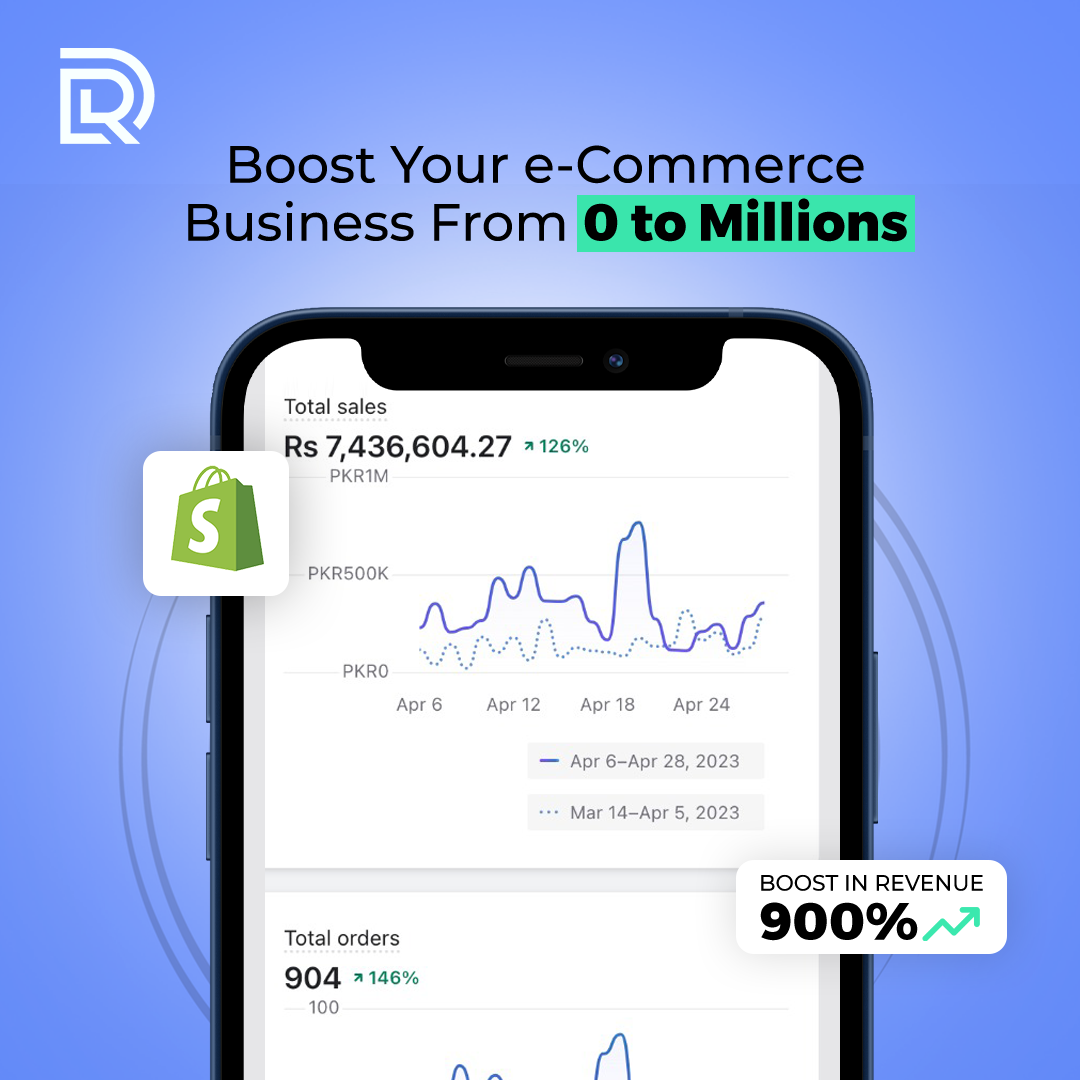Introduction
Starting an e-commerce business from scratch can be a difficult task. However, with the right strategies and tools, it is possible to grow your business from zero to millions. In this blog post, we will explore some key steps and techniques that can help boost your e-commerce business and achieve significant growth.
1. Build a Professional Website
One of the first steps in establishing a successful e-commerce business is to create a professional website. Your website is the face of your brand and serves as the primary point of contact for your customers. It is crucial to invest in a well-designed and user-friendly website that reflects the values and aesthetics of your brand.
2. Optimize for Search Engines
Search engine optimization (SEO) plays a vital role in driving organic traffic to your e-commerce website. By optimizing your website for relevant keywords and improving its overall visibility in search engine results, you can attract more potential customers. Conduct thorough keyword research and integrate them naturally into your website’s content, meta tags, and product descriptions.
3. Provide a Seamless User Experience
A seamless user experience is essential for converting visitors into customers. Optimize your website’s loading speed, ensure intuitive navigation, and make the checkout process as smooth as possible. Implementing user-friendly features such as product filters, search bars, and customer reviews can also enhance the overall shopping experience.
4. Leverage Social Media Marketing
Social media platforms provide an excellent opportunity to reach a wider audience and engage with potential customers. Create compelling social media profiles for your e-commerce business and regularly share relevant content, promotions, and updates. Use targeted advertising campaigns to reach your ideal customers and drive traffic to your website.
5. Implement Email Marketing
Email marketing is a powerful tool for nurturing relationships with your customers and driving repeat sales. Build an email list by offering incentives such as exclusive discounts or free resources. Send personalized and relevant emails to your subscribers, including product recommendations, special offers, and informative content. Segment your email list based on customer preferences and behavior to deliver more targeted messages.
6. Offer Exceptional Customer Service
Providing exceptional customer service is crucial for building trust and loyalty among your customers. Respond promptly to customer inquiries and provide helpful and personalized support. Implement live chat features or chatbots to assist customers in real-time. Encourage customer feedback and reviews, and use them to improve your products and services.
7. Collaborate with Influencers
Influencer marketing can be a powerful strategy to promote your e-commerce business and reach a wider audience. Identify influencers in your industry who align with your brand values and have a significant following. Collaborate with them to create engaging content, product reviews, or sponsored posts that highlight your products or services. This can help increase brand awareness and drive more traffic to your website.
8. Analyze and Optimize
Regularly analyze your e-commerce metrics and track your progress towards your goals. Utilize tools like Google Analytics to gain insights into your website’s performance, customer behavior, and conversion rates. Identify areas for improvement and optimize your website, marketing campaigns, and product offerings based on data-driven decisions.
Conclusion
Growing an e-commerce business from zero to millions requires dedication, strategic planning, and continuous optimization. By building a professional website, optimizing for search engines, providing a seamless user experience, leveraging social media and email marketing, offering exceptional customer service, collaborating with influencers, and analyzing your data, you can significantly boost your e-commerce business and achieve remarkable growth. Remember to stay adaptable and continuously adapt your strategies to meet the evolving needs and preferences of your target audience.


